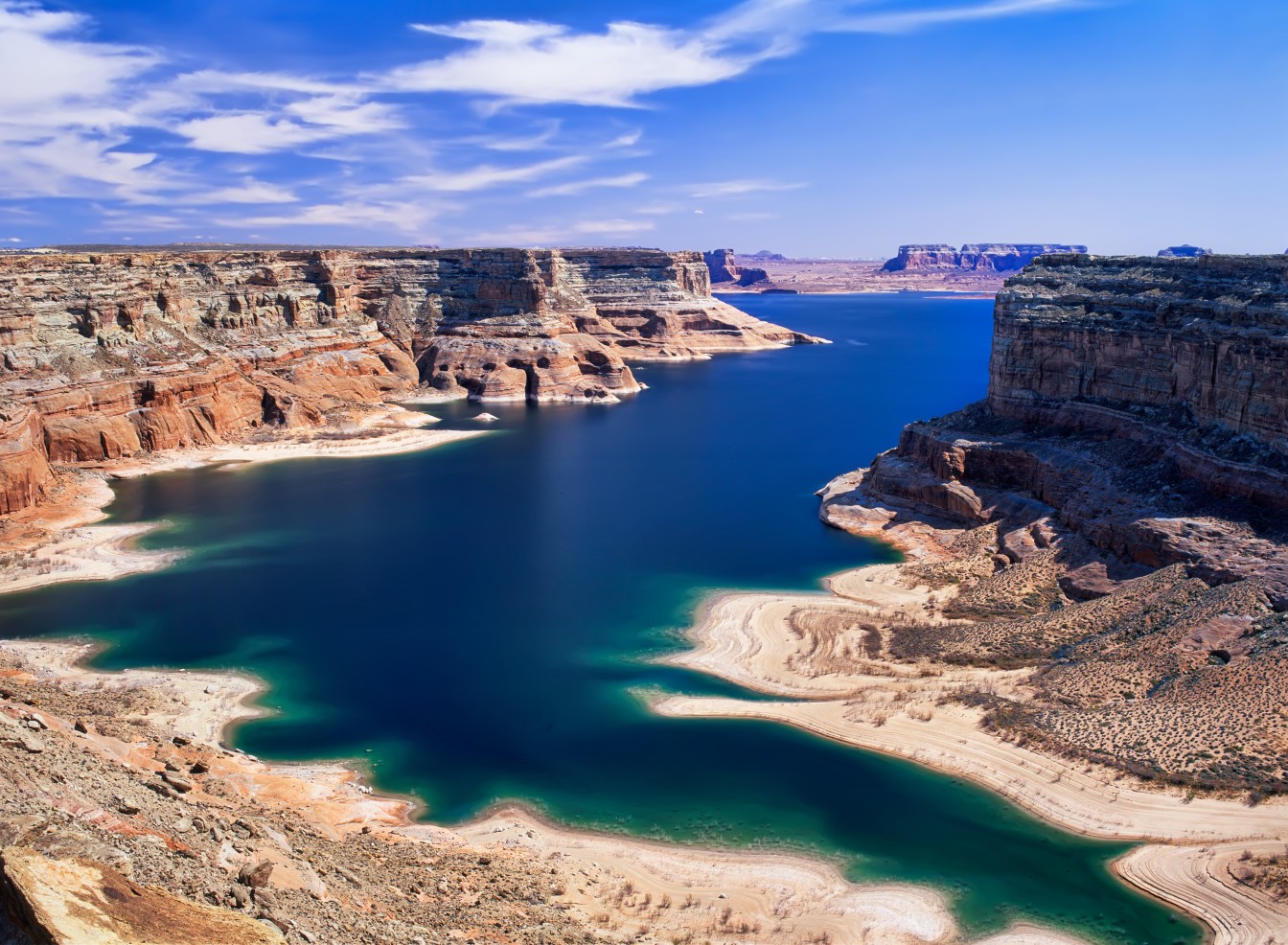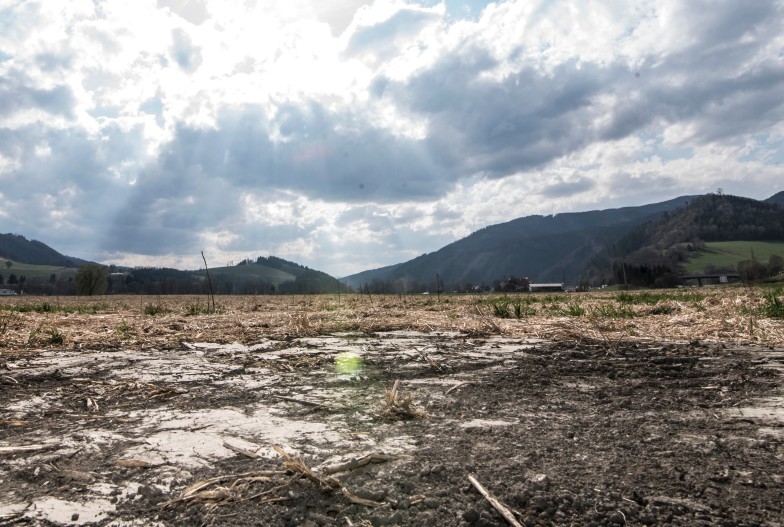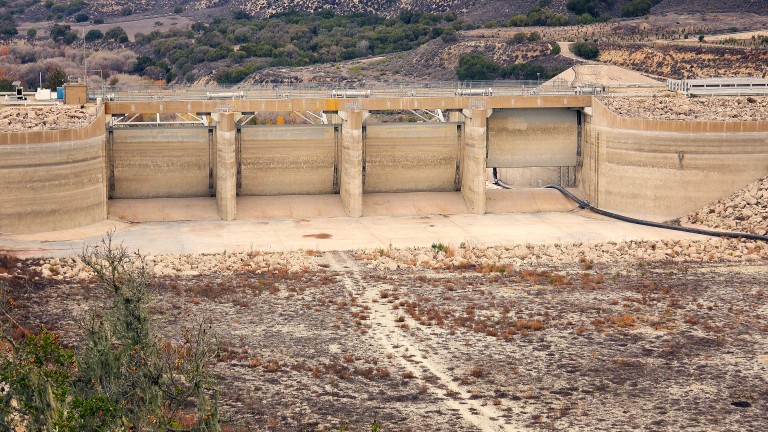
Heavy Rain, Flooding, and Chance of Severe Weather Staring Down the Southern U.S.
January 22, 2024
Posted: August 10, 2022 11:29 am





Drylands currently cover approximately 46.2% of global land areas, but desertification gradually increases that number at unparalleled speeds geologically speaking. Global warming creates climate changes so quickly that there is no basis for comparison. The range and extent of desertification happens as a direct result of the past few decades of human activities that contribute to climate change.
The processes of desertification include long-term drought, soil
degradation and excessive use of resources. Social factors also come into play.
Controlling drought ranks as the most important way to slow or reverse desertification. History of desertification of the Eurasian continent runs for millennia, but the rest of the world has caught up with pace in the past 500 years as humans exploit precious resources for quick profits.
Controlling drought might seem impossible, but education ranks as an important method of drought control. Educating the public to use their water wisely helps prevent droughts. For example, consider the following conservation tips:
Modern technology often takes the blame for irresponsible luxe of resources, but high-tech solutions can monitor your water consumption carefully. Monitoring allows you to detect water leaks and other inefficiencies. Staying mindful of the water you use and waste becomes the most important overall step of drought control.

Soil degradation occurs when soil erodes and loses its organic matter. Centuries of farming and using resources for pastoralism, agriculture and deforestation created overwhelming damage to local systems. The damage often exceeds the availability to find a stable balance, but people can help restore the productive life cycle of soil using ,the following methods:
Balancing the world’s needs for resources stands out among the challenges of developing responsible conservatism, but these are problems that can be solved.

The major driver of desertification remains the long-term drought situation. That coupled with unsustainable land management practices and global warming aggravate the problem, and social policies also generate trouble spots that need solutions.
The problems of dealing with conservation of resources add increased pressure to raise more crops and increase income growth to make resources more widely available. Poverty limits what people can do to effect change.
However, the world needs to harness its creative powers to solve these looming disasters-in-the-making.
Did you find this content useful? Feel free to bookmark or to post to your timeline for reference later.

January 21, 2024

January 19, 2024

January 18, 2024